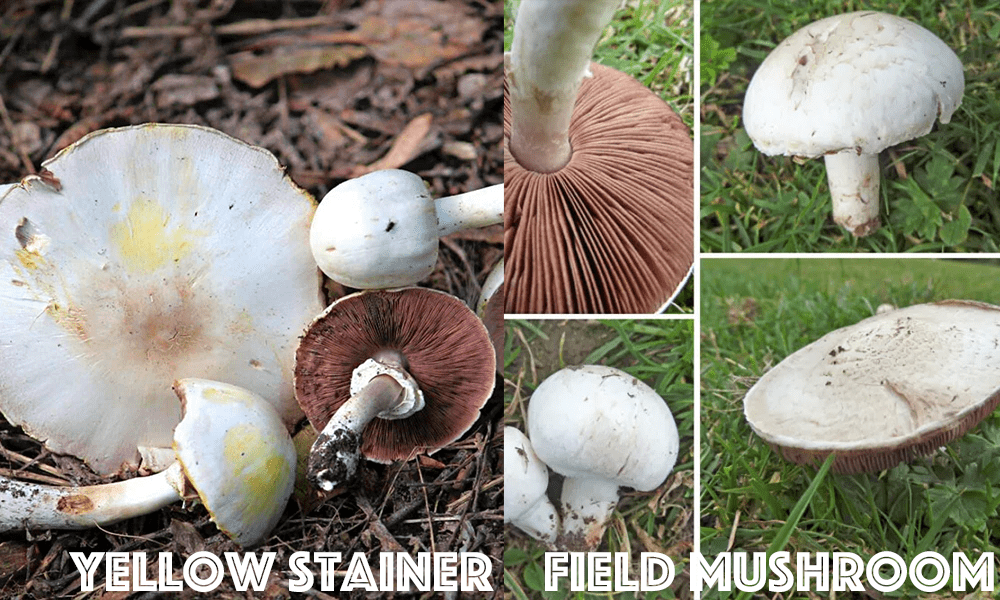In the vast world of mycology, the Field Mushroom, known scientifically as Agaricus campestris, stands out as one of the most popular and delectable wild mushrooms. Renowned for its savory flavor, it's a favorite among foragers and chefs alike. However, several mushrooms bear a striking resemblance to the Field Mushroom, making identification a bit tricky. This SEO-friendly guide aims to shed light on the most common Field Mushroom look-alikes, ensuring you forage safely and enjoyably.
1. Introduction to Field Mushroom
The Field Mushroom is characterized by its white to cream-colored cap, which becomes flatter as it matures. The gills, initially pink, darken to a rich brown as the mushroom ages. Typically found in grassy meadows and pastures, this mushroom is a culinary delight but requires accurate identification to ensure it's not confused with its toxic doppelgangers.
2. The Yellow Stainer (Agaricus xanthodermus)

One of the most common look-alikes, the Yellow Stainer can cause severe gastrointestinal discomfort. While it shares a striking resemblance to the Field Mushroom, it can be distinguished by:
- A distinct yellowing when bruised, especially at the base.
- An unpleasant, chemical-like odor, reminiscent of ink or phenol.
3. The Horse Mushroom (Agaricus arvensis)
Although edible and delicious, the Horse Mushroom can be confused with the Field Mushroom. Key differences include:
- A larger size, often exceeding 15 cm in diameter.
- A strong aniseed or almond odor.
- Gills that are initially white before turning pink and then brown.
4. The Wood Mushroom (Agaricus silvicola)
This mushroom is also edible and has a taste quite similar to the Field Mushroom. Distinguishing features are:
- A preference for woodland habitats.
- A slightly shaggier cap.
5. Safe Foraging Tips
- Always cross-reference: Use multiple field guides and resources when identifying mushrooms.
- Check the habitat: The environment where a mushroom grows can offer vital clues for identification.
- Smell is telling: The odor of a mushroom can be a significant identifier. For example, the Yellow Stainer's chemical smell is a warning sign.
- When in doubt, don’t risk it: If you're unsure about a mushroom's edibility, it's best to avoid consumption.
6. Conclusion
While the Field Mushroom is a delightful find for any forager, it's essential to approach its identification with caution. By being aware of its common look-alikes and their distinguishing features, you can ensure a safe and enjoyable foraging experience.
